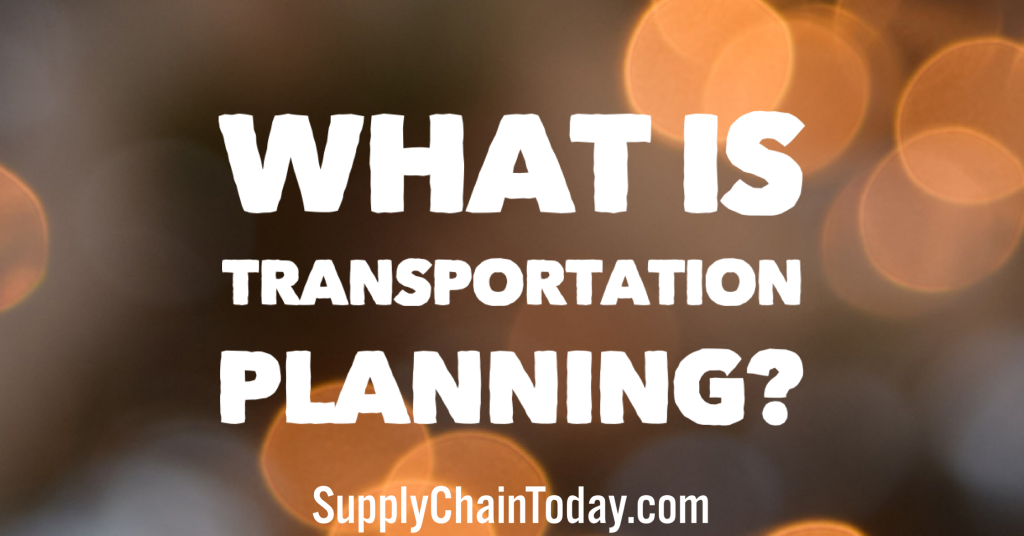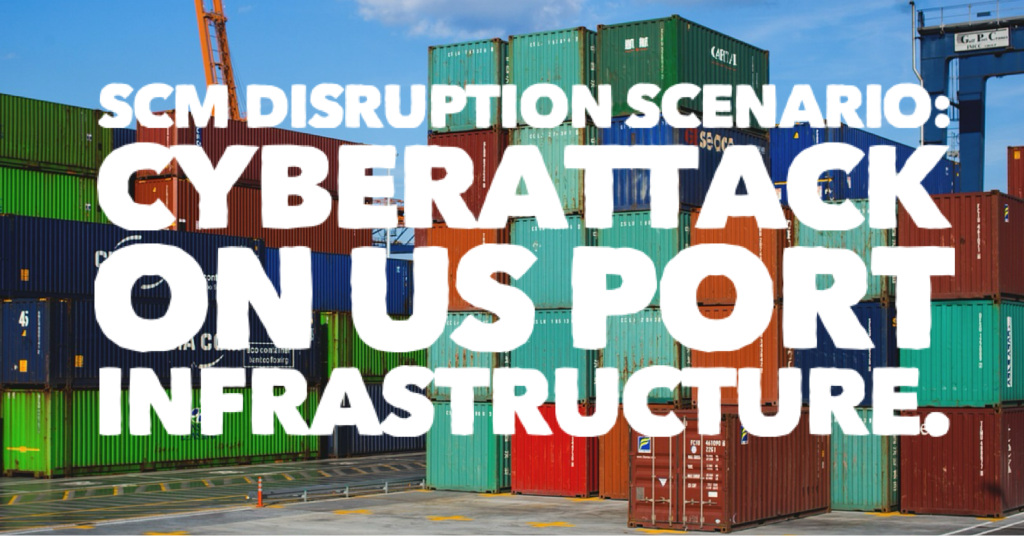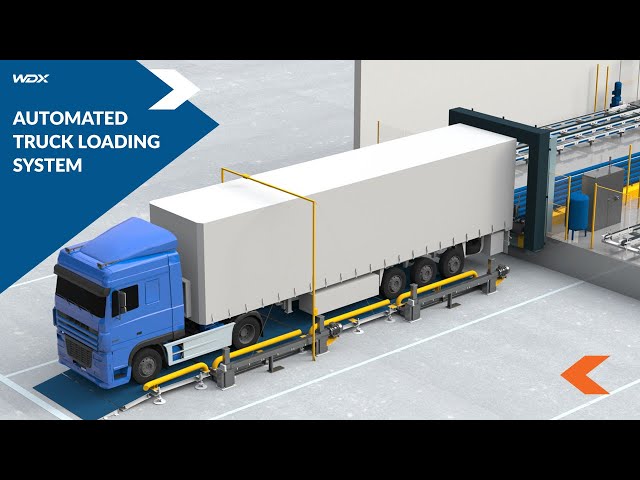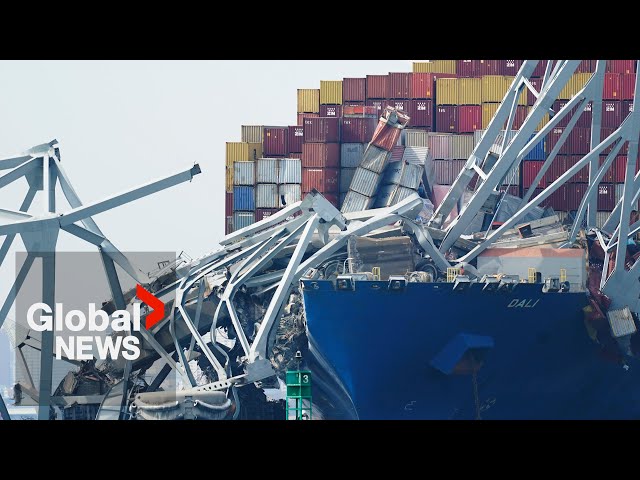What is Transportation Planning?
Transportation planning is the process of developing and implementing plans and strategies for the transportation of people and goods. It involves identifying the needs of a community or region and developing ways to meet those needs efficiently and effectively. Transportation planners consider a variety of factors when developing plans, including population growth, land use patterns, economic development, environmental impacts, and the availability of transportation infrastructure and funding. The goal of transportation planning is to create a transportation system that is safe, efficient, and accessible for all users, and that supports the overall goals and needs of the community.
Here are some key elements of transportation planning:
- Needs assessment: This involves identifying the transportation needs of a community or region, including the types of trips that people need to make (e.g., commuting to work, accessing healthcare and other services, going to school) and the goods that need to be transported. Planners may gather data from a variety of sources, such as population and employment forecasts, surveys of residents and businesses, and analysis of land use patterns.
- Alternatives analysis: This involves evaluating different options for meeting the identified transportation needs. Planners may consider a range of options, including building new roads or public transportation systems, improving existing infrastructure, implementing programs to encourage the use of alternative modes of transportation (e.g., biking, walking, carpooling), or a combination of these approaches.
- Environmental impact assessment: Transportation projects can have significant impacts on the environment, including air pollution, noise, and habitat destruction. Planners must consider these impacts and develop strategies to minimize or mitigate them.
- Public involvement: Transportation planning often involves significant public input and engagement, as people who live and work in a community have valuable insights into their transportation needs and preferences. Planners may hold public meetings, solicit feedback through surveys and other means, and work with community groups and other stakeholders to gather input.
- Implementation: Once a transportation plan has been developed, the next step is to implement the chosen projects and initiatives. This may involve securing funding, obtaining necessary permits and approvals, and coordinating with various agencies and organizations.
Transportation planning aims to create a transportation system that is safe, efficient, and accessible, and that meets the needs of all users. It is a complex and ongoing process that involves many different factors and stakeholders.
Pros and Cons of Transportation Planning
There are both benefits and potential challenges associated with transportation planning. Here are some pros and cons to consider:
Pros:
- Improved mobility: Transportation planning can help to ensure that people have access to a range of transportation options, which can make it easier for them to get where they need to go. This can be particularly important in areas with limited or inadequate transportation infrastructure.
- Enhanced safety: Transportation planning can help to identify and address safety issues, such as intersections with high crash rates or areas with poor lighting. This can help to reduce the number of accidents and injuries.
- Economic development: Transportation planning can facilitate economic development by providing access to markets and job opportunities. It can also help to support the growth and expansion of businesses.
- Environmental benefits: Transportation planning can help to reduce air pollution and greenhouse gas emissions by encouraging the use of alternative modes of transportation, such as public transit, biking, and walking. It can also help to protect natural habitats and preserve open space.
Cons:
- Cost: Transportation projects can be expensive, and funding can be a challenge. Planners must consider the costs and benefits of different options and prioritize projects accordingly.
- Displacement: Transportation projects can sometimes result in the displacement of residents or businesses, particularly if they involve the acquisition of private property. Planners must work to minimize the negative impacts on affected communities.
- Resistance to change: Transportation planning can involve making changes to existing infrastructure or introducing new modes of transportation, which may not be welcomed by everyone. Planners must consider the potential impacts on different groups and work to address any concerns or objections.
- Political considerations: Transportation planning can be influenced by political factors, such as the priorities of elected officials or the interests of special interest groups. Planners must navigate these considerations while still trying to meet the needs of the community.
Cost Savings: Transportation Planning
There are several ways that careful transportation planning can help a company to save money:
- Reduced costs: By selecting the most cost-effective mode of transportation and optimizing routes and schedules, a company can reduce its transportation costs.
- Improved efficiency: By carefully planning and coordinating transportation, a company can improve the efficiency of its operations, which can save money on time and resources.
- Enhanced customer satisfaction: By delivering goods in a timely and reliable manner, transportation planning can help to enhance customer satisfaction and loyalty.
- Risk management: By carefully planning and coordinating transportation, a company can reduce the risk of delays or other disruptions, which can save money on lost sales or other costs.
Transportation Resources and Training
Supply Chain Disruption Scenario: Cyberattack on US Port Infrastructure.
Automated Truck Loading and Unloading System | Q-Loader.
How Shipping Containers Control Global Trade.
Baltimore Bridge Collapse: Impact on Supply Chain Disruption.




